Fragments of the planet Theia appear to be buried beneath Africa and the Pacific
A new study of metal ore in the Moon's interior provides new evidence that Earth's natural satellite was formed by collision of an ancient planet with the Earth many years ago.
 Photo: Pixabay.com.
Photo: Pixabay.com.
This long-suspected interplanetary collision, which scientists believe occurred about 4.5 billion years ago, years ago, a Mars-sized planet called Theia crashed into pieces of hot lava when it collided with Earth, writes the Daily Mail.
While some of Theia's planetary remains appear to be buried in dense and massive «clumps» deep beneath the African and Pacific tectonic plates, scientists said there is little evidence of where the rest of Theia went after the disaster. still does not exist.
But now new data from NASA's GRAIL (Gravity Recovery and Interior Laboratory) spacecraft has discovered large deposits of titanium-iron ore deep beneath the lunar surface, suggesting that other remains of Theia actually formed Earth's moon.
Planetary geophysicist Adrien Brocke of the German Aerospace Center in Berlin called the findings made by NASA's GRAIL probe nothing short of «fascinating.»
His team's new paper, published in April of this year in the journal Nature Geoscience, focused on «gravitational anomalies» deep below the lunar surface: dense, heavy accumulations of matter detected by the GRAIL spacecraft's sensors.
«Analyzing these changes in «The Moon's gravitational field has allowed us to peer beneath the Moon's surface and see what lies underneath,» Brocke said.
Beneath the Moon's crust, in the region between the crust and the core known as the mantle, GRAIL discovered two dense regions , which correspond to the titanium and iron «ilmenite» deposits that would exist if the Theia impact theory were correct.
Following Theia's likely collision with Earth, and with fragments of that lost planet buried deep within the Earth's crust, pools of molten lava of heavy titanium and iron on the Moon's surface began to sink deeper into its core, pushing lighter rocks upward.
«Our Moon has literally turned inside out,» said Brocke's co-author Jeff Andrews-Hanna, a geophysicist at the University of Arizona's Lunar and Planetary Laboratory.
According to the Daily Mail, computer models developed by their colleague Nan Zhang of Peking University in Beijing provided the original basis for their theory that titanium-rich material must have been found deep within the Moon as a result of the Moon being formed from chunks planet Theia.
“When we saw these model predictions,” says Andrews-Hanna, “it was like a light bulb went on.”
“We see exactly the same picture when we look at subtle changes in the gravitational field of the Moon,” he continues, “revealing a network of dense material hiding beneath the Earth’s crust.”
On Earth there are two equally dense and unusual Regions at the base of our planet's mantle, known as Large Low Velocity Provinces (LLVPS), also supported the theory that our moon was formed by the Theia interplanetary impact.
One LLVP region lies beneath the African tectonic plate and the other lies beneath the Pacific tectonic plate, as measured by seismic equipment similar to that used to detect earthquakes.
Their existence was discovered when geologists discovered that seismic waves slowed down sharply at a depth of 1,800 miles (2,900 km) in these two regions, which were different from other parts of the Earth.
Scientists believe the material in these LLVPs is 2 to 3.5 percent denser than the mantle surrounding Earth , writes the Daily Mail.
Last year, Caltech-led researchers put forward the idea that these LLVPs may have evolved from small amounts of Theyan material that fell into ancient Earth's lower mantle.
To confirm this, they asked Professor Hongping Deng of Shanghai Astronomical Observatory to explore this idea using his pioneering methods in computational fluid dynamics.
Through a series of simulations, Professor Deng found that after the collision with the moon-forming element, a significant amount of «Theic» material — about two percent of the Earth's mass — would have entered the lower mantle of the ancient planet Earth.
«Thanks to precise analysis of a wide spectrum «rock samples combined with more advanced giant impact models and models of Earth's evolution, we can infer the composition and orbital dynamics of the primordial Earth, 'Gaia' and 'Theia,'» says co-author Deng Qian Yuan, a geophysicist at the California Institute of Technology. who also worked on this project. Their team published their research in the journal Nature late last year.
Brocke says he hopes future NASA missions to the Moon, like those planned under the Artemis program, will be able to take similar seismic measurements: This will be the first of its kind seismic data from the Moon, which will better confirm the theory of the Theia impact.
“Future missions, for example using a seismic network, will allow us to better study the geometry of these structures,” the researcher said.










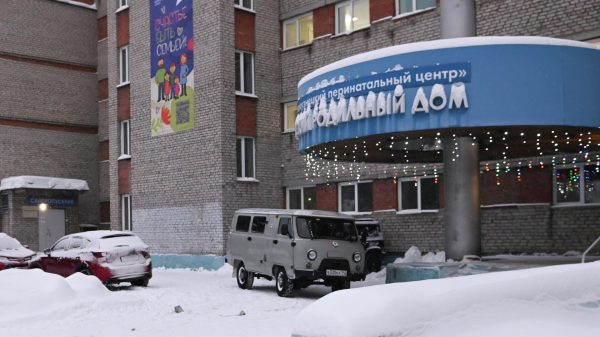







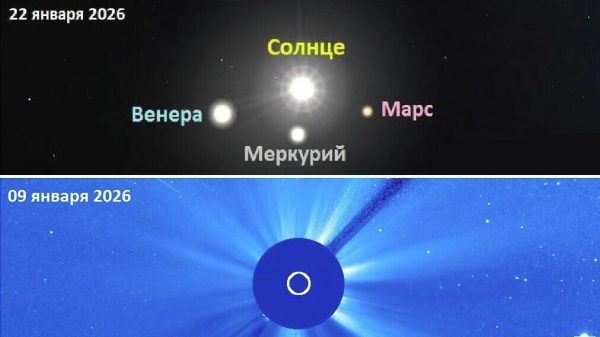
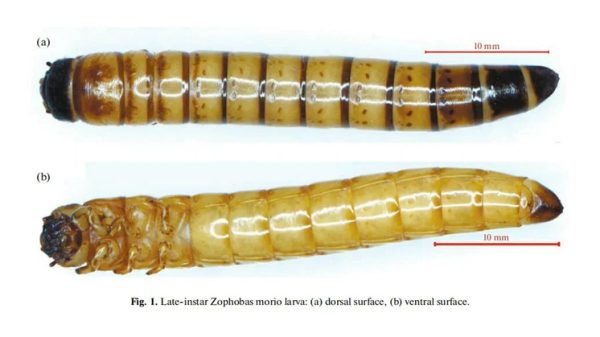
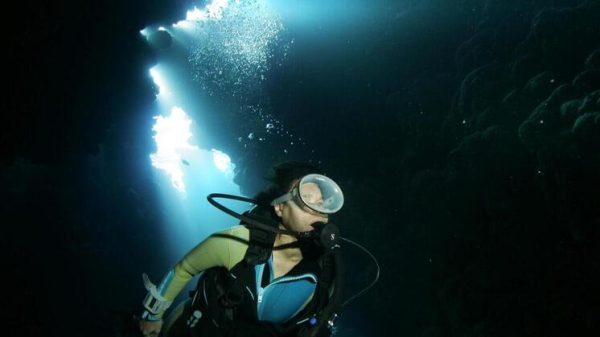













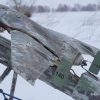



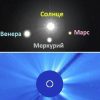



















Свежие комментарии